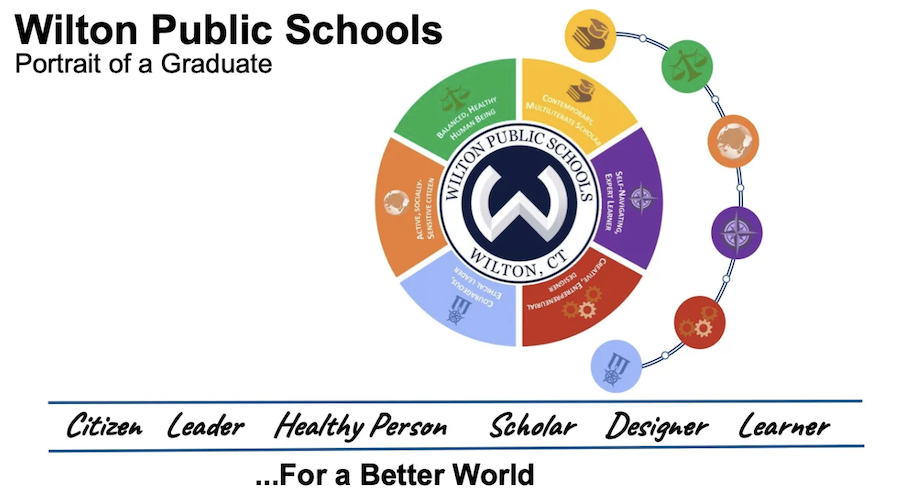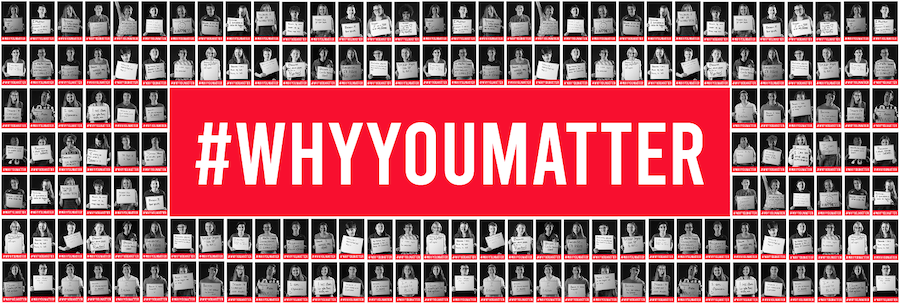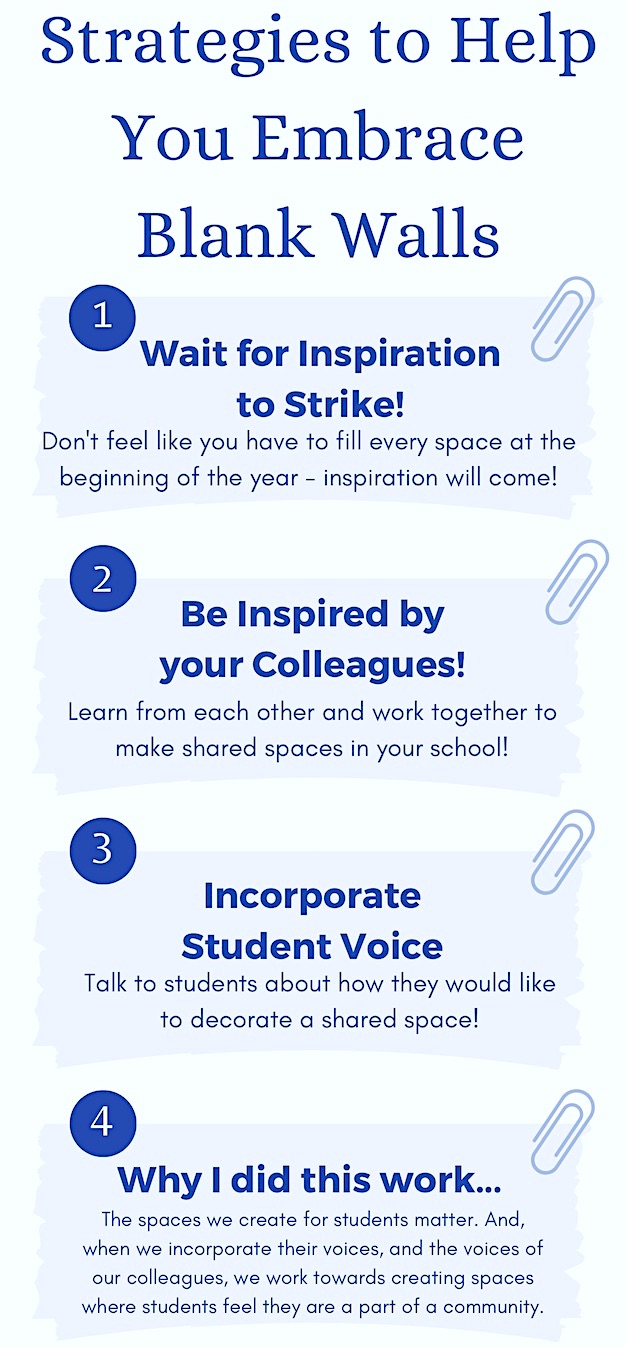How Blank Walls Built Community in 7th Grade
By Katie Durkin
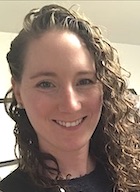
However, this year I took on a new leadership position that would necessitate that I not only decorate my classroom, but also take care of a shared space for my new team of colleagues (my school calls a team a “pod”). This pod is a hallway that ends in a large rectangular space that houses all six academic teachers per team.
I had previously been a member of the team I was going to lead so I was familiar with this pod. It hadn’t been updated in many years, so late last summer I took this opportunity to create a blank slate, which I planned to fill using what I believed to be my expert decorating skills.
I started by creating blank canvases on walls all over the pod, in preparation for my decorating extravaganza. And then something clicked. I recalled the many books and articles I’ve been reading over the past couple of years, suggesting that we begin each school year with blank walls.
I’d been unwilling to try this in the past, but because of my new position as a leader of my team, I knew that I wanted to find ways to build community through creating a shared space in which to showcase and celebrate students.
So I decided this year would be the year I learned to embrace blank walls, and I’m so glad I did. Let me share four ideas that might help other teachers who have been hesitant to go the “begin with a blank slate” route. Try some of this out in your own space as we end this school year and begin to think about the next.
1. Students imagined their “Portrait of the Graduate”
With community-building first on my agenda, I wanted the pod for our team to feel like a shared space, not something the teachers had created. We had three bulletin boards that were blank, as well as various wall spaces throughout the pod that were devoid of decoration.
It pained me to start the year with all that “blankness.” It didn’t feel very welcoming. But soon enough my team and I had an idea to at least get some student work on the walls.
Our district recently announced a new “Portrait of the Graduate” initiative and had the teachers learn about it through an arts and crafts activity where they created mosaic tiles to display in our district’s high school. Our team decided to do the same activity – with our seventh graders.
We introduced the new “Portrait of the Graduate” to our students and they were off and running, creating portraits of the graduates they hoped to be. Above each teacher’s classroom door, students created multiple large tiles to display their work, and they have become a constant reminder of what students are striving to become before leaving our district.
So the first lesson I learned about blank walls: you never know when inspiration will strike. Leave space to try something new. Collaborate with your students and your colleagues and have faith that the ideas will flow.
2. Reading lenses create community
While the students’ mosaic tiles filled in some of our blank space, there were still the bulletin boards and a large white wall staring back at me every day, waiting to be filled. But as the school year progressed I was able to learn from other teachers who helped spark visual ideas for making our pod a shared space.
In a professional development session, one teacher shared that she has been using reading lenses with her students to help them become better close readers. In talking with the other teachers on my team, we knew we wanted to try this work with our kids.
One of the words we chose to be a lens was community. In an activity meant to launch our work with close reading and lenses, students filled out large poster paper with their personal definitions and examples of community.
After this activity, the team decided to display these posters in our pod to be a reminder to students of what we were working towards this year. Students also thought of the idea to use the bulletin boards to display all of lenses we would use for close reading this year.
3. Each student’s #WhyYouMatter
Another idea teachers had was to incorporate the #WhyYouMatter campaign into our school. This is a national campaign that focuses on helping students answer the question: Why Do You Matter? Students are asked to write their WhyYouMatter statement on white boards and then take a picture to show their teachers and friends why they matter.
We used some time in school to have students brainstorm their statements and took pictures of each of the students with their statements to display in the pod. Students have enjoyed looking at their pictures, and it is a daily reminder of why they matter.
At the end of the year, teachers will take the pictures down and write a personalized message on the back of the photos to give to the students as a final goodbye. We are hoping by our doing this, students will have memories of why they matter to us.
Thanks to these great ideas, I learned that inspiration for blank classroom walls can come from my colleagues. Think about who has done some amazing things in your own school and how you can leverage their intellectual capital: Who have you noticed has great ideas that you can bring over to your own team and groups of students?
4. Students bring Valentine’s Day to life
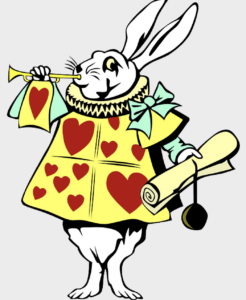
To give some background, our school is three teams per grade, and each grade is a different color. This year, I am the team leader of the 7th grade, Red Team. So, it just so happens that the best color to use for Valentine’s day is red!
Our students came up with the idea to do a play on Alice in Wonderland and decorate the hallway with different references from the book or movie using a deck of cards, specifically the seventh of hearts (clever!). They came together to organize all the different parts of the project, including dreaming up ideas for decorations.
Even though some of the decorations had to be dismantled after Valentine’s Day because they were a little extravagant, many of them have remained on our walls. Now, every student’s name is featured on a heart cutout in the pod. There are red streamers hanging from the ceilings students wanted to keep, and students decorated the last bulletin board with pictures of cards. They truly made it their space.
While you may not have hallway decorating contests at your school, provide students with an opportunity to think of ways to decorate a shared space. I couldn’t believe the creativity and zeal our students put into the project, and it just so happened we were able to leave up a lot of the decorations, filling the pod with their ideas.
Transforming blank spaces
Now our students feel that the pod is a shared space, not a space created for them by teachers. I feel that way too. At the beginning of the year I wasn’t confident that the blankness would go away. But I managed to keep the faith and trust that something good would come along. I’m so glad I did.
For those of you that love decorating or filling space with color and vibrancy, consider next year trying out some blankness. You never know what might appear to build community, create a shared space, or showcase student work and talent.
This is the perfect time of year to start that work! While I’ve shared some ideas specific to my school and team, you can begin to reflect on activities or initiatives that have happened this past year that could have been showcased in shared spaces or in your classroom.
I hope that next year many of you will also learn to embrace blank walls. And I can’t wait to see what we will fill our blank spaces in the year to come!
Dr. Katie Durkin (@kmerz610) has been teaching middle school students for over a decade, and currently teaches Reading Workshop at public Middlebrook School in Wilton, Connecticut, where she is a 7th Grade Team Leader.
Katie is a zealous reader of middle grade and young adult books and enjoys sharing her love and passion for reading with her students and reaches teachers at her podcast, That’s Novel Reading. In 2022 she earned her doctorate from Northeastern University, where her dissertation research examined the impact of classroom libraries on middle school students’ reading engagement.
She was the 2020 recipient of the Edwyna Wheadon Postgraduate Training Scholarship from the National Council of Teachers of English. She writes regularly for MiddleWeb.
Rabbit image by Clker-Free-Vector-Images from Pixabay

